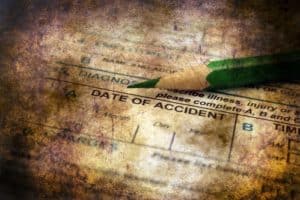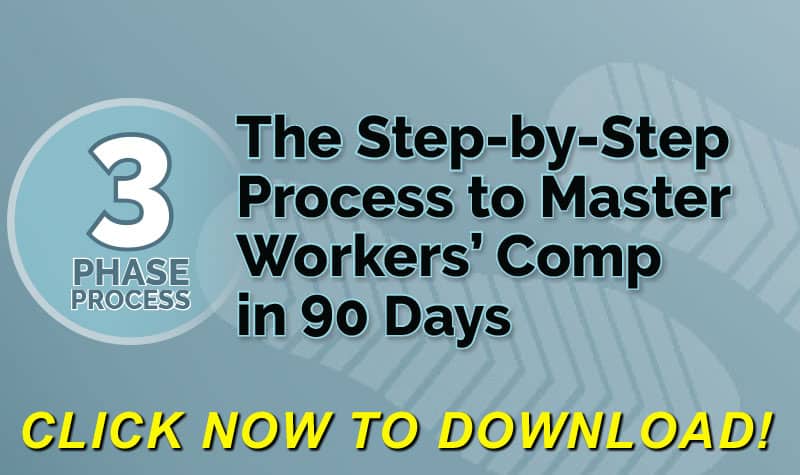
First Report Often Lacks Depth And Quality Information
The reasons why the first report of injury is a dangerous place to stop can be illustrated by the well known true story of the coincidences involving the Titanic and a book, “Futility”, published in 1898, twelve years before the Titanic sank. The book described a large luxury passenger ship, the “Titan” which carried only half the number of lifeboats necessary to save all the passengers. It sank in the North Atlantic in April when it struck an iceberg 400 miles from Nova Scotia. More than half the passengers were lost. The ship’s speed was the same as the Titanic, the length the same, the tonnage the same. The book became well known as a nearly supernatural prediction of the sinking of the Titanic.
But readers will be disappointed with the book and find that the sinking is part of a brief episode which has nothing to do with the plot. The major story is the improbable survival and redemption of an alcoholic crew member who eventually marries his lost love.
Assist Your Adjuster By Including “See Attached”
Therefore, a first report should not be like a book review of “Futility”, exciting but completely misleading unless further material is provided. An insurance examiner reading a first report can be forgiven if they do not follow up on clues that are missing from the report. Most employers assume that after they complete the first report the carrier will do the rest. They usually will, but only if some interesting additional material is provided to get them started.
The best way for an employer to arouse healthy interest by the carrier is to insert “see attached” to the box which asks for a description of the accident. Nearly every first report forms assumes that the accident did occur and is work-related. But the space provided on the forms is almost never large enough to accommodate the lengthy explanations required of non-compensable claims. “See attached” is employed to arouse interest and provide a place for the additional material.
What sort of material should be included? Alternate explanations of what did, or didn’t occur is a good place to start, with relevant documents attached. A list of possible witnesses is also advisable, but not witness statements. Statements are usually not nearly as precise as necessary and can lead to further confusion, which never helps an employer.
Document Where, When, and How an Incident Occurred
Documents are far better than witnesses, which is why they should be given priority. They attend hearings when requested and never change their stories, which is why judges and lawyers consider them troublesome and dangerous. Documents can come in many forms and the best ones pin down precisely where, and when, an incident did, or did not, occur. Employees have been known to place dates on their accident claims when the business was, in fact, closed. “Witnesses” are sometimes listed as being at the place of work when they were, in fact, in other countries. Exposure to dangerous chemicals is listed when no such chemicals were ever at the place of employment.
The above discrepancies can best be dealt with by attaching proper documents to the employer’s report and following up with a phone call to the carrier to make sure that the material is received and receiving the proper follow-up attention.
The best reports of injury are filled with facts, not suspense.
Author: Attorney Theodore Ronca is a practicing lawyer from Aquebogue, NY. He is a frequent writer and speaker, and has represented employers in the areas of workers’ compensation, Social Security disability, employee disability plans and subrogation for over 30 years. Attorney Ronca can be reached at 631-722-2100. medsearch7@optonline.net
©2014 Amaxx Risk Solutions, Inc. All rights reserved under International Copyright Law.
SALES TO PAY FOR ACCIDENTS CALCULATOR: http://reduceyourworkerscomp.com/sales-to-pay-for-accidents-calculator/
MODIFIED DUTY CALCULATOR: http://reduceyourworkerscomp.com/transitional-duty-cost-calculators/
WC GROUP: http://www.linkedin.com/groups?homeNewMember=&gid=1922050/
SUBSCRIBE: Workers Comp Resource Center Newsletter
Do not use this information without independent verification. All state laws vary. You should consult with your insurance broker, attorney, or qualified professional.



